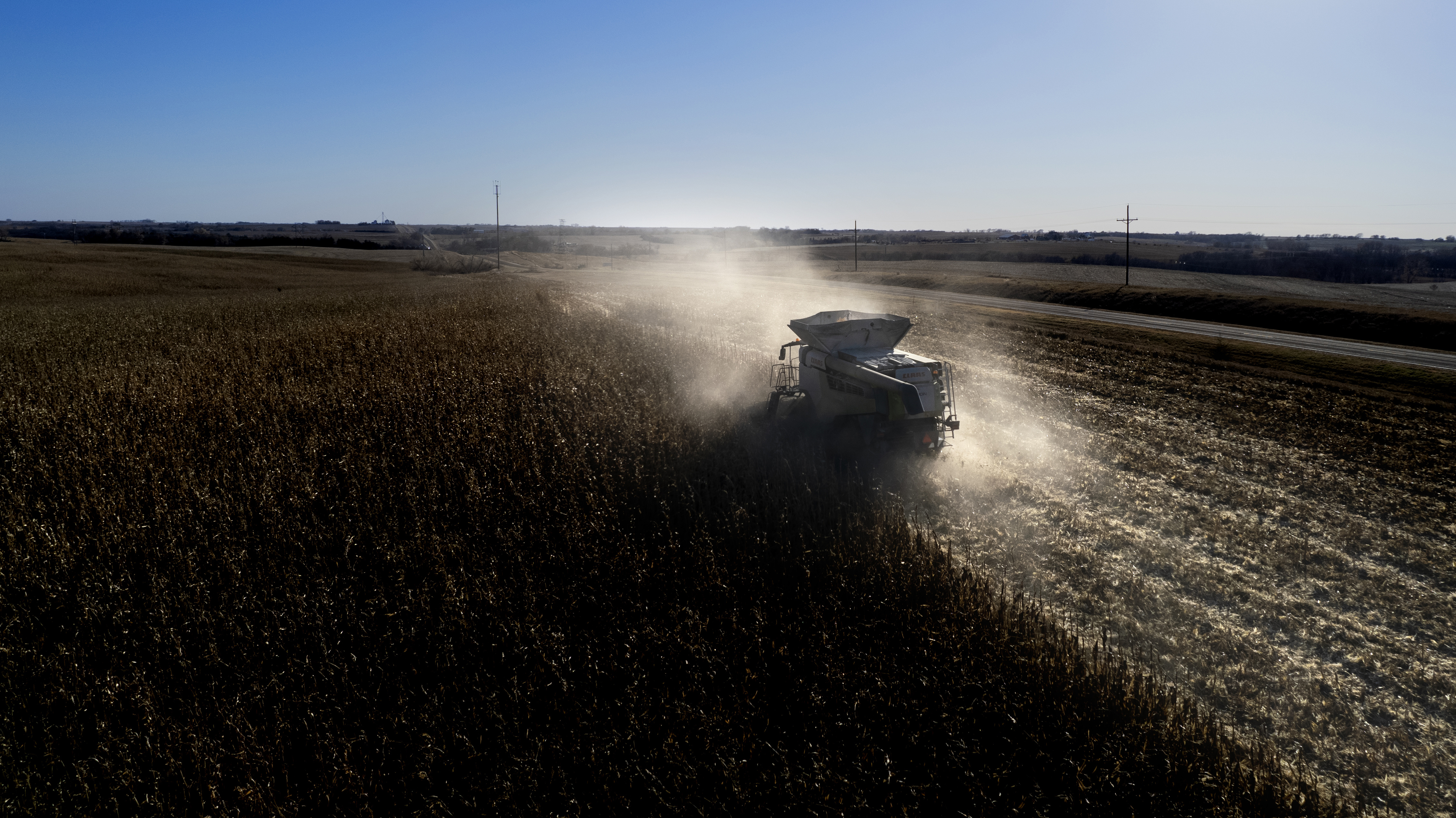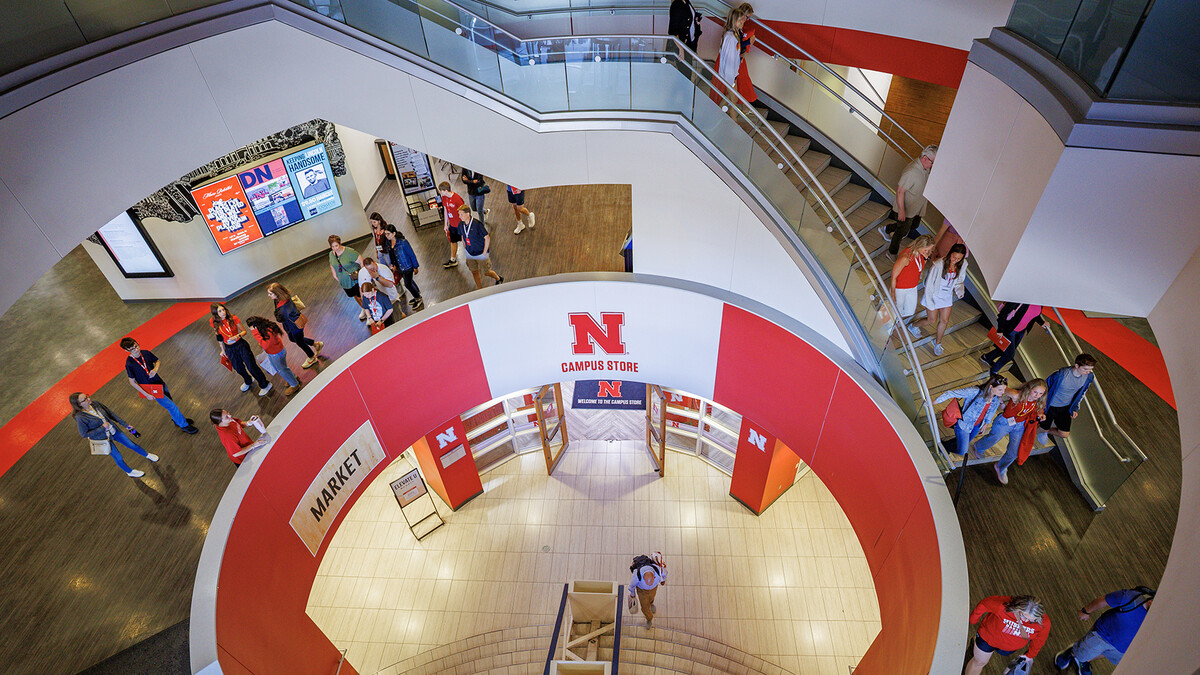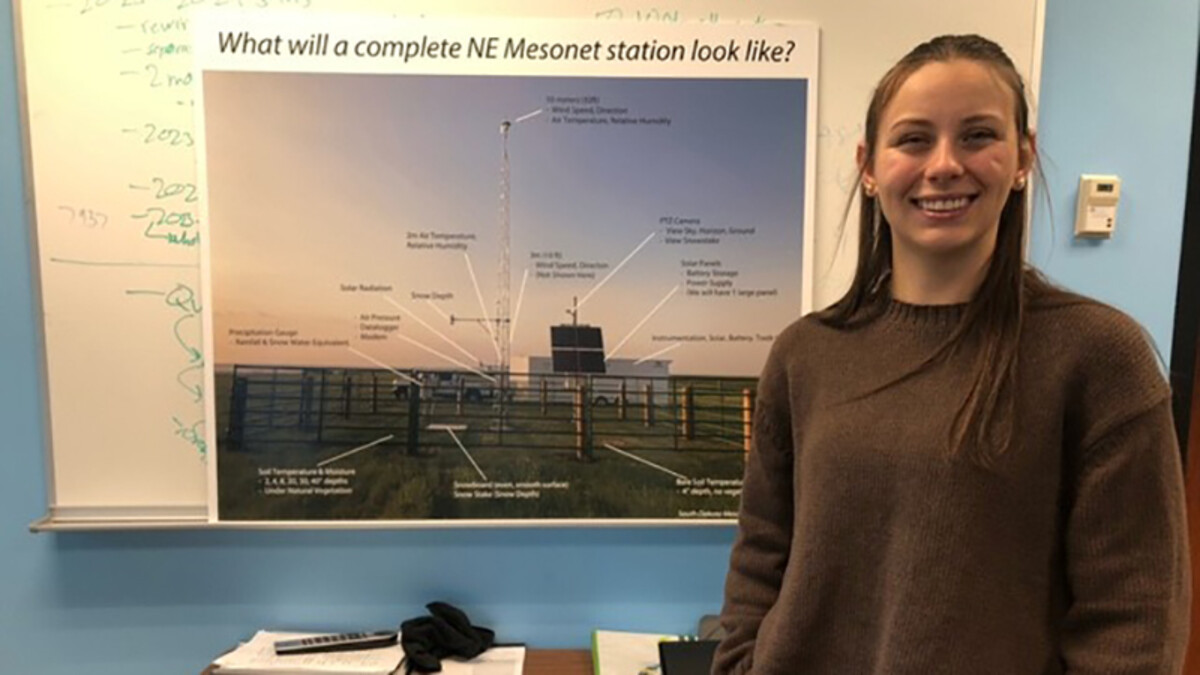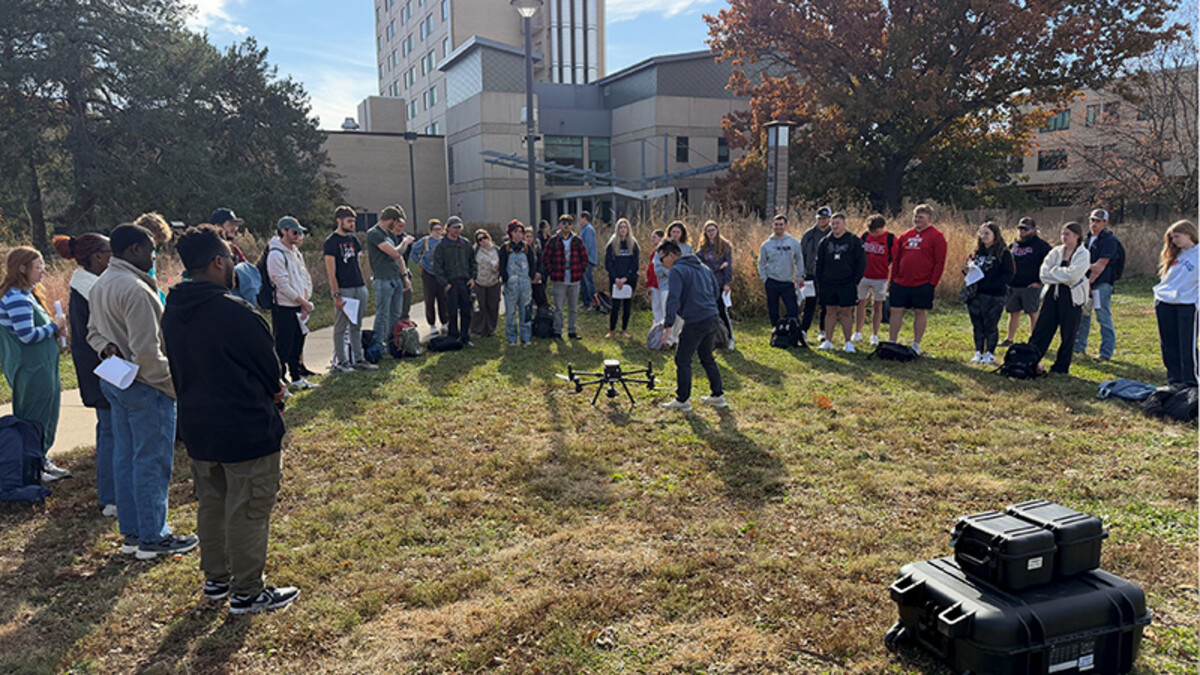
Nebraska net farm income is forecast to increase 55% in 2025, to a record $9.42 billion, according to new projections from the University of Nebraska–Lincoln and the University of Missouri.
It would be the highest nominal farm income level on record for the state and third highest after adjusting for inflation, according to the Spring 2025 Nebraska Farm Income Outlook. The report is a collaboration between the Center for Agricultural Profitability at Nebraska and the Rural and Farm Finance Policy Analysis Center at Missouri.
Total farm receipts in Nebraska are projected to increase $731 million, to $33.37 billion, as higher cash receipts from livestock and crop insurance indemnities offset the decline in cash receipts from crops. But the major driver of farm income in 2025 is expected to be the $1.58 billion increase in direct government payments, which would account for 17% of the increase in the state’s net farm income.
The 55% increase in Nebraska net farm income largely exceeds the 30% increase in U.S. net farm income projected by the University of Missouri’s Food and Agricultural Policy Research Institute and U.S. Department of Agriculture’s Economic Research Service.
“Positive profit margins in livestock production and one-time government payments will support farm liquidity in calendar year 2025,” said Alejandro Plastina, director of the Rural and Farm Finance Policy Analysis Center. “Managing liquidity smartly will be key to protect farm operations from headwinds in 2026.”
The report indicates that its projections do not fully account for the impact of tariff announcements or other market uncertainties, noting that even small proportional changes in cash receipts or production expenses can drastically change the net farm income outlook.
Brad Lubben, an agricultural policy specialist at Nebraska, said the report’s strong projections may seem at odds with producer concerns and uncertainty over production, market and policy developments.
“Crop economics and livestock economics seem to be going in different directions at the moment, with the cattle industry helping hold up the state’s farm income prospects,” he said. “But it’s one-time government assistance payments that dominate the current financial projections, even as the outlook for what is ahead with markets and policy may be more uncertain than ever.”
Other key findings from the report include:
- Crop receipts are projected to fall 2% in calendar year 2025, despite an increase in production levels for corn and soybeans. Crop receipts could recover in 2026, seeing a potential 2% increase.
- Corn receipts are projected $84 million lower in 2025 than in 2024.
- Soybean receipts are projected to drop $86 million in 2025.
- Wheat receipts are projected to decline 3% in 2025.
- A projected 9% decline in hay acres would trigger an 11% increase in hay prices in 2025.
- Nebraska’s cattle inventory is projected to continue declining in 2025. However, higher prices and stable marketing could boost cattle receipts by 2%. Hog receipts are projected to decline 1%, while broiler receipts are projected to trend upward by more than 10% annually in 2025-26.
- Production expenses are projected to remain steady in 2025, at $27.22 billion, as the decline in feed, pesticides, interest and fuel expenses offset higher purchased livestock, fertilizer and rent expenses in 2025.
- Net rents to landlords are projected to increase $81 million in 2025.
The Rural and Farm Finance Policy Analysis Center provides objective policy analysis and informs decision makers on issues affecting farm and rural finances. The center collaborates with several states to develop farm income projections with local expertise.
The next Nebraska Farm Income Outlook is expected to be published in the fall.
The full report and data tables, as well as a webinar recording covering the outlook, can be found on the Center for Agricultural Profitability’s website here.
Share
News Release Contact(s)
Related Links
Tags
High Resolution Photos








